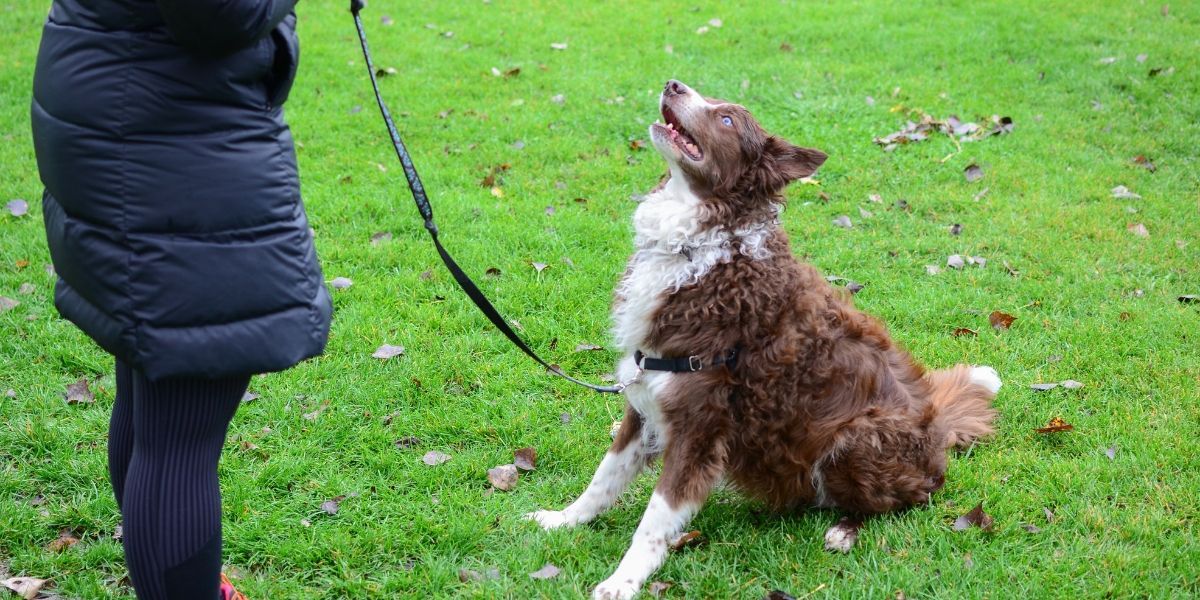It can be very challenging; physically, mentally and emotionally walking a dog that reacts to his/her environment by barking, pulling or lunging.
It can be physically challenging as you try and pull the dog away from the oncoming stimulus.
It can be mentally challenging as you try and figure out how to handle your dog to prevent unwanted outcomes.
And lastly, it can be emotionally challenging since it’s embarrassing that your dog is reacting this way. This experience usually results in feelings such as shame, embarrassment, anger, and frustration.
This experience is not only challenging for you, but it’s also very challenging for your pup! It must be really hard and scary to run into “perceived threats” every time you go outside. Even though it may seem irrational to you when your dog reacts to other people or dogs, remember, it seems very rational to your dog.
Setting Up For Success
In order to set yourselves up for success, remember these 10 items before walking your reactive dog:
1. Grab Your Tools:
Make sure to have your dog on a no-pull harness or head halter, a 6-foot leash and bring high value treats with you such as cheese or chicken.
2. Check Your Environment:
Choose a low traffic time of day and the road less traveled when taking your reactive dog for a walk.
3. Hold the Leash:
Avoid wrapping the leash around your hand. Keep your body braced and leash centered. Keep your dog close to you with the leash slightly slacked.
4. Watch Your Dog’s Body Language:
Your dog will tell you when there is a perceived threat on the walk. By watching your dog, you will make smart choices to keep him/her under threshold.
5. Know Your Dog’s Triggers & Threshold:
Know what your dog reacts to and how far away you need to be in order to prevent an unwanted reaction.
6. Create Distance & Move:
Be ready to make good choices along the walk by giving your dog space away from the scary stimulus.
7. Use Your Environment:
Stand behind visual barriers (cars, trees), use driveways and alleys to create space and offer relief to your dog when the scary stimulus is present.
8. Notice Recovery:
If you run into a scary stimulus, notice how quickly (or not) your dog recovers from the situation. Use that information for next time!
9. Stay Connected:
Click and treat all good choices while on walks. Play training games even when the scary stimulus is not present to maintain the connection.
10. Have Fun:
Breathe, sing, talk to your dog, dance, be silly and have FUN on your walks so you can both feel less stressed!

